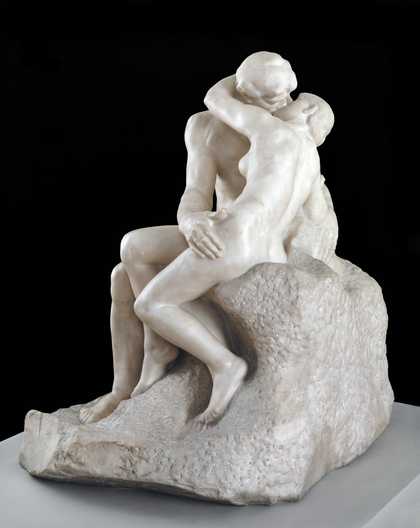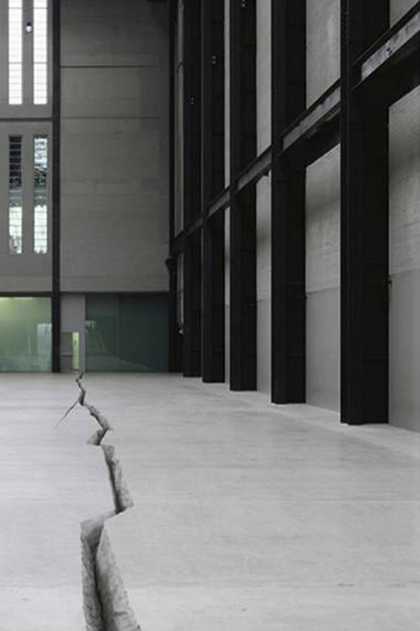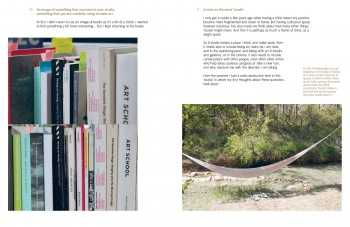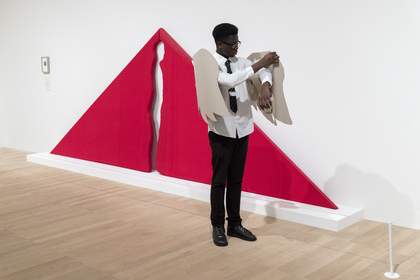Force can mean power, energy or strength; it could refer to aggression, control or weapons. You could also think about how it is used in phrases as a starting point for your ideas – forcing someone’s hand, the forces of nature, a force of emotion
Forces of nature
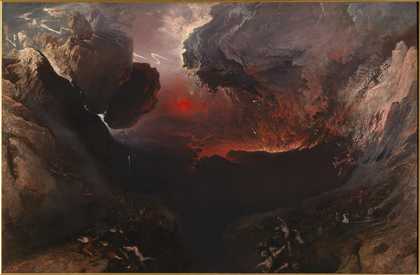
John Martin
The Great Day of His Wrath (1851–3)
Tate
In the first half of the 19th century, John Martin painted apocalyptic scenes of landscapes torn apart by the forces of nature – epic storms, and hell on earth. Turner used quite a different style to show the potency of storms, with a more romantic approach to landscape painting.
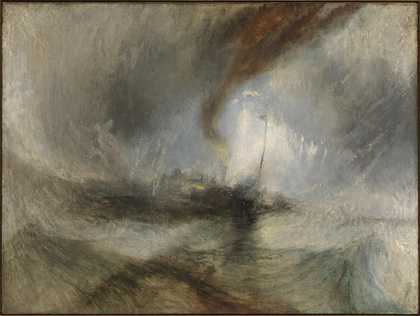
Joseph Mallord William Turner
Snow Storm - Steam-Boat off a Harbour’s Mouth (exhibited 1842)
Tate
Forceful feelings
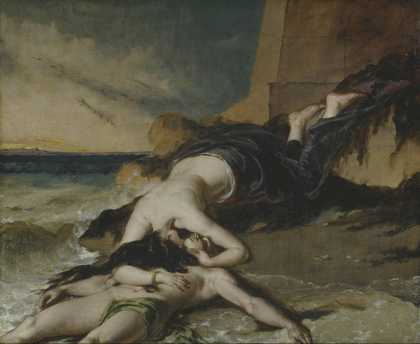
William Etty
Hero, Having Thrown herself from the Tower at the Sight of Leander Drowned, Dies on his Body (exhibited 1829)
Tate
There is something forceful in works about tragic love, often based on mythology. The hero of Etty’s epic painting throws herself from a tower when she sees Leander has drowned. Waterhouse’s Lady of Shalott suffers from a curse forced upon her. August Rodin’s sculpture The Kiss shows two figures so passionately in love, they appear to be alone in the world.
Forces and impact
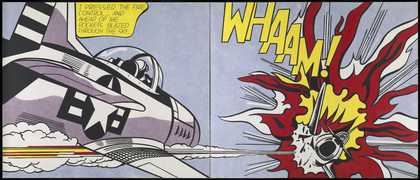
Roy Lichtenstein
Whaam! (1963)
Tate
A force is responsible for a sudden impact. Roy Lichtenstein paints a plane crash and highlights the force of the explosion with the onomatopoeic Whaam!. Jenny Holzer prints instructions on how to induce fear, using the word ‘force’ to indicate and incite pressure. Both artists chose to use words rather than gesture, to convey meaning in an instantly abrupt way.
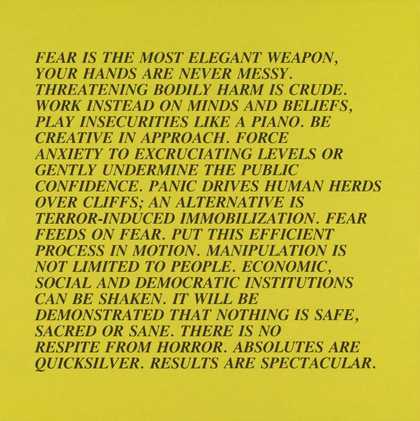
Jenny Holzer
[no title] (1979–82)
Tate
© Jenny Holzer, member/Artists Rights Society (ARS), New York
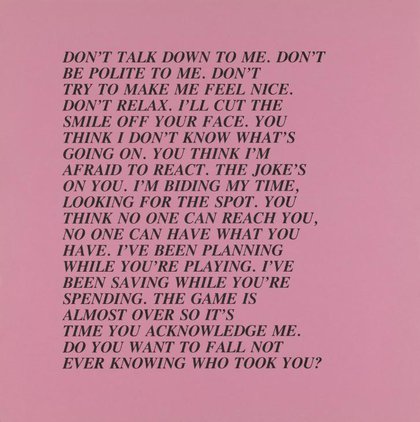
Jenny Holzer
[no title] (1979–82)
Tate
© Jenny Holzer, member/Artists Rights Society (ARS), New York
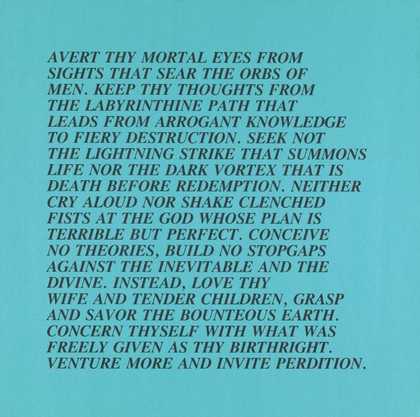
Jenny Holzer
[no title] (1979–82)
Tate
© Jenny Holzer, member/Artists Rights Society (ARS), New York
Force as a method

Jackson Pollock
Summertime: Number 9A (1948)
Tate
In the 1960s, artists such as the Vienna Actionists used force as a method of painting. They threw and driped paint at canvases, like Jackson Pollock. The focus was on the process of making art rather than art as a finished product. Tate’s exhibition A Bigger Splash explored artists who saw painting as performance, done with vigour and violence. It included artists such as Niki de Saint Phalle who tied balloons of paint to canvases, which were then shot at by visitors, causing the paint to explode.
Forced interactions
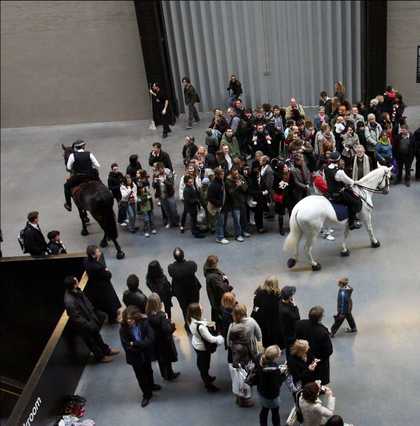
Tania Bruguera
Tatlin’s Whisper #5 (2008)
Tate
Tate has staged art that forced interaction between visitors and the gallery space. Tania Bruguera's performance piece, Tatlin’s Whisper #5 involves two men in police uniform riding horses through a crowd. Doris Salcedo drilled a monumental crack across the Turbine Hall at Tate Modern, as if an earthquake tore the concrete floor apart.

